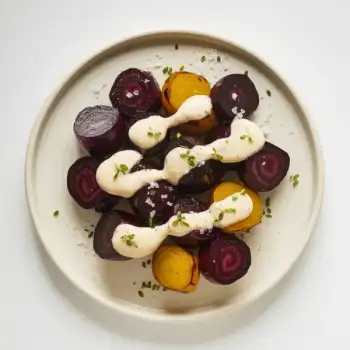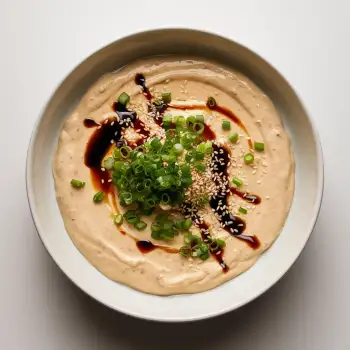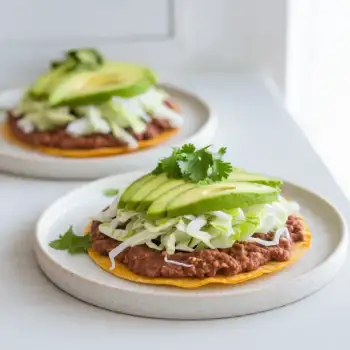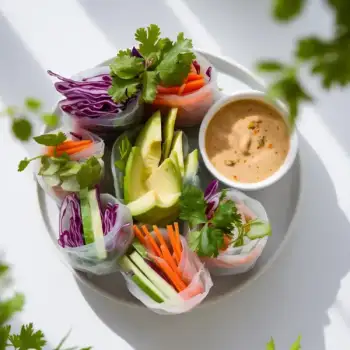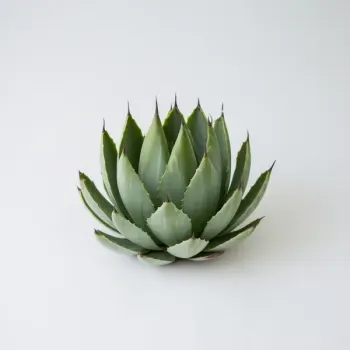


Raw Agave Nectar
Less processed and heated at lower temperatures to retain more of the natural enzymes, offering a richer and more complex flavor.
Amber Agave Nectar
A medium-intensity flavor with a darker color, suitable for dishes that require a more pronounced sweetness with caramel notes.
Light Agave Nectar
A mild, almost neutral flavor and a lighter color, making it a versatile sweetener for beverages and light desserts.




Raw Agave Nectar: Blue Green Organics
Amber Agave Nectar: Madhava
Light Agave Nectar: Wholesome Sweeteners

Baking: Agave nectar can be used in baking as a sweetener. When substituting for sugar, use about 2/3 cup of agave for every 1 cup of sugar, and reduce other liquids by about 1/4 to 1/3 to maintain the proper moisture balance.
Glazing: Agave nectar is excellent for creating glazes for meats, tofu, or vegetables. Brush it on towards the end of the cooking process to avoid burning, as its sugars caramelize quickly.
Sweetening Cold Dishes: Agave nectar is ideal for sweetening cold dishes and beverages, such as smoothies, iced teas, or dressings, due to its high solubility even at low temperatures.




